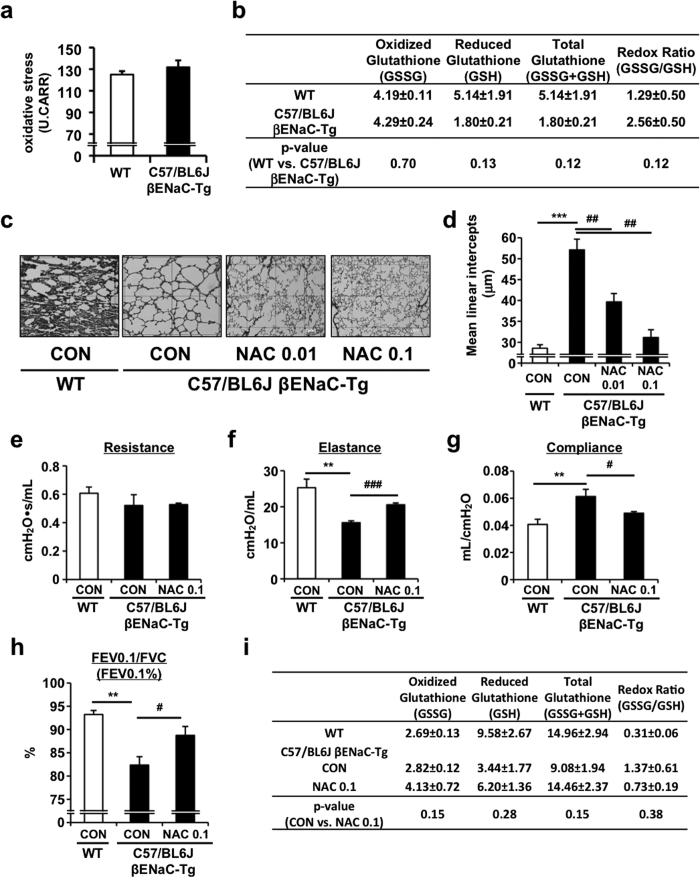Figure 5. Effect of N-acetylcysteine on the pulmonary emphysema and dysfunction in C57/BL6J-βENaC-Tg mice.
(a) Serum levels of oxidative stress in WT and C57/BL6J-βENaC-Tg mice. n = 5 mice/group. (b) Oxidative stress in BALF of WT and C57/BL6J-βENaC-Tg mice were evaluated by the levels of glutathiones (GSSG, GSH and total glutathione). n = 4 mice/group. GSSG/GSH was shown as a quantitative marker of oxidative stress. P-value versus WT mice were assessed by Student’s t test. (c,d) Pulmonary phenotypes were evaluated in intratracheal N-acetylcysteine (NAC)-treated C57/BL6J-βENaC-Tg mice. Emphysematous phenotypes of the mice with NAC treatments (0.01 and 0.1 mg kg−1) were evaluated. (e–h) Pulmonary dysfunction of the mice with NAC treatments (0.1 mg kg−1) was evaluated. Age-matched C57/BL6J mice (WT) were used as healthy controls. n = 4-5 mice/group. **p < 0.01, ***p < 0.001, versus WT mice; Student’s t test. #p < 0.05, ##p < 0.01, ###p < 0.001 versus vehicle-treated C57/BL6J-βENaC-Tg mice; Dunnett’s test. (i) The levels of glutathiones (GSSG, GSH and total glutathione) in BALF of WT, C57/BL6J-βENaC-Tg mice treated with or without NAC (0.1 mg kg−1). n = 3 mice/group. P-value versus NAC-nontreated C57/BL6J-βENaC-Tg mice were assessed by Student’s t test.

